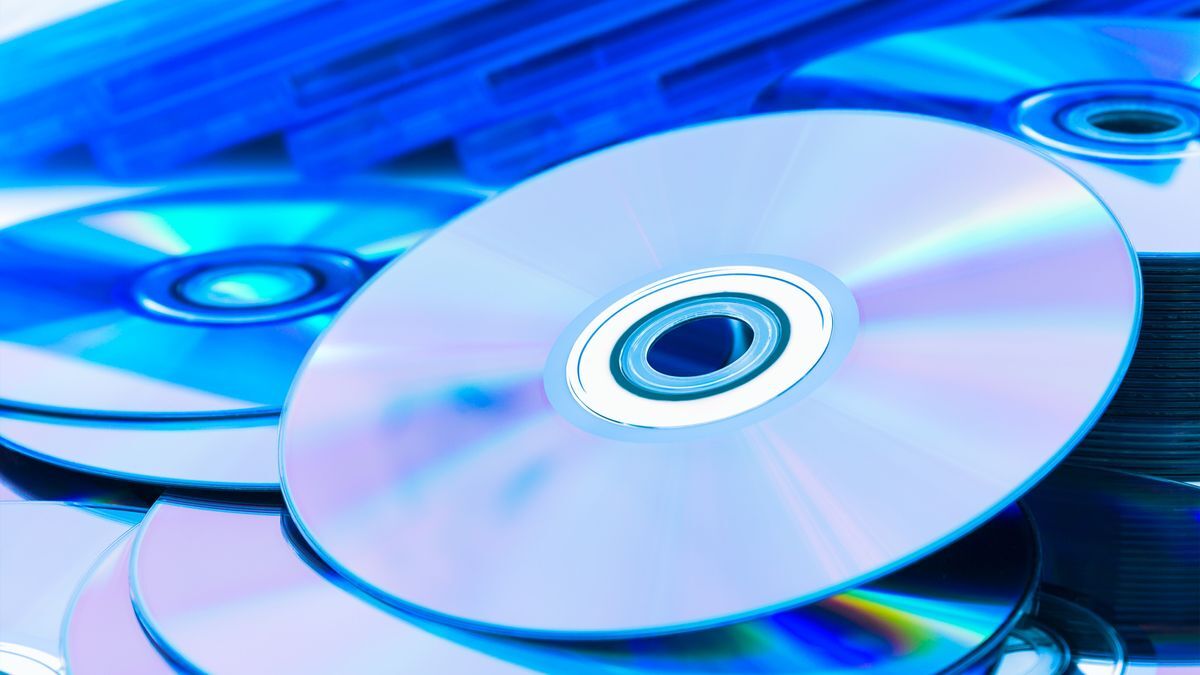Digital streaming is displacing the last remnants of physical media.
In a disappointing turn of events, FlatpanelsHD reports that LG has ended production of its Blu-ray player series, which includes the UBK80 and UBK90 models. With limited stock available, prospective buyers should act quickly to secure the last remaining units before they are sold out.
After Samsung and Sony’s departure from physical media, LG was one of the last major manufacturers of Blu-ray players



I guess home users will be without any viable long-term backup media soon. The only ones I can think of are those special blu-ray discs that promise to last for archival. After that we have spinning disks, but those only last a few years and will eventually be phased out, and then all we’ll have is flash memory that degrades rapidly. Oh, and paying through the nose for someone’s cloud service so they can hold our data to ransom while mining it for AI, and delete it as soon as we miss a bill payment.
That’s what “they” want. lol. Everything seems to be pushing that way for sure.
Though I am a little less pessimistic about spinners fully going away until all-flash datacenters are the norm. I’ve also had some running for close to 10 years, and they’re going strong (I’ve also got much newer ones as well)
I forget the article I posted here months ago, but there’s a new optical format which is in the multi-TB range. Not sure if/when it’ll be commercially available, but maybe that will come about?
https://www.theregister.com/2024/02/23/optical_disc_breakthrough/
That’s technically promising, but I can’t see it being a mass-market item since most people don’t care about backups, so it will likely be prohibitively expensive for most home users.
Where do people get this information? Hard drives are very stable now (as are SSDs). All of mine are still going strong after 6+ years.
That was true a while back, but yes drives have gotten way better.
That’s just failure rate though, not data loss. You need your drives using a sane file system like zfs or using raid 1/10/6 where discs can do error checking as well to prevent silent data loss.
They also need to be powered on. Offline drives will lose data to bit rot over time.
What about btrfs?
ZFS is better.
ZFS is unfortunately not in the upstream Linux Kernel :/
Btrfs is worse in many aspects but I like its flexibility of adding drives with different capacities over time.
How did we get becachefs upstreamed but not ZFS?
Edit: Nevermind, it’s licensing related
OpenZFS works just fine.
What about it is better?
The lifetimes have improved, but according to your link, the currently measured average age of a drive at failure is 2 years, 10 months. They expect that to increase as they roll over to newer, more reliable drives. These drives are under heavy use, unlike drives used for offline storage, but still it’s not really the kind of lifespan you’d ideally want in an archival medium.
Blurays are too small for backups anymore. It would take hundreds of them to backup all of my stuff. If you want long term backups, you have to spend a couple grand on a tape drive.
I disagree. You’re the exception, not the rule.
If you’re looking for something to write once read nearly never, just get 3 USB drives with the same thing written on all three of them
My understanding was that flash memory, especially modern flash memory with tiny gates and multiple bits per cell, degrades the fastest of all storage media (possibly apart from badly made plastic discs). Especially if it isn’t regularly powered up, the memory cells will just use their charge after a while. If you used three it would reduce the risk, but if they’re all degrading untouched at the same speed they might still all lose data around the same time.
It degrades from writes.
The device itself degrades from writes, but the data degrades anyway as long as it is not powered. The bits are stored as charges in tiny capacitors, and if you leave it unpowered this charge gradually leaks away, leading to data loss over the long term. The device needs to be powered up to be able to refresh the charges and preserve the data.
Are you sure? Do you have a link to more info on this claim?
If true, I want to know if its orders of years or decades od centuries or millennium
Accounts differ but most reports say a low number of years. Older flash memory is more stable than the newer stuff, because it only stored one value per tiny capacitor, so the charge had to drop by 50% for the bit to be lost. In newer flash memory they use each cell to store more than one bit, which means they need to make finer discriminations between charge levels, so there’s less tolerance for weakening charge levels. Many people report losing data after only a couple of years unpowered with modern devices. Some older devices can go for more than a decade. I don’t have any studies to hand but if you search for information about bit rot in flash memory you will find plenty of discussions online.
If you power up the device and read all the data, this will refresh the charges.
I thought it degraded from lack of power flowing through it.
Tape drives.
They’re pretty expensive.